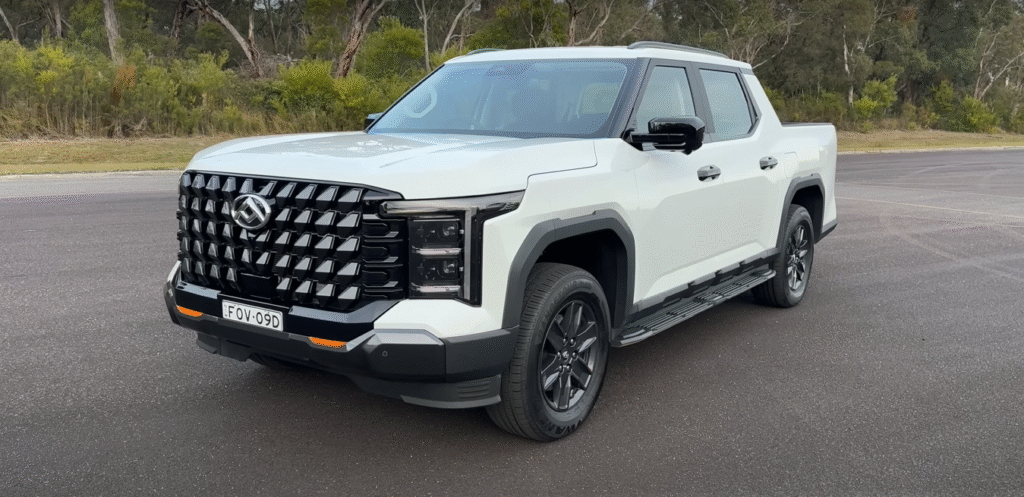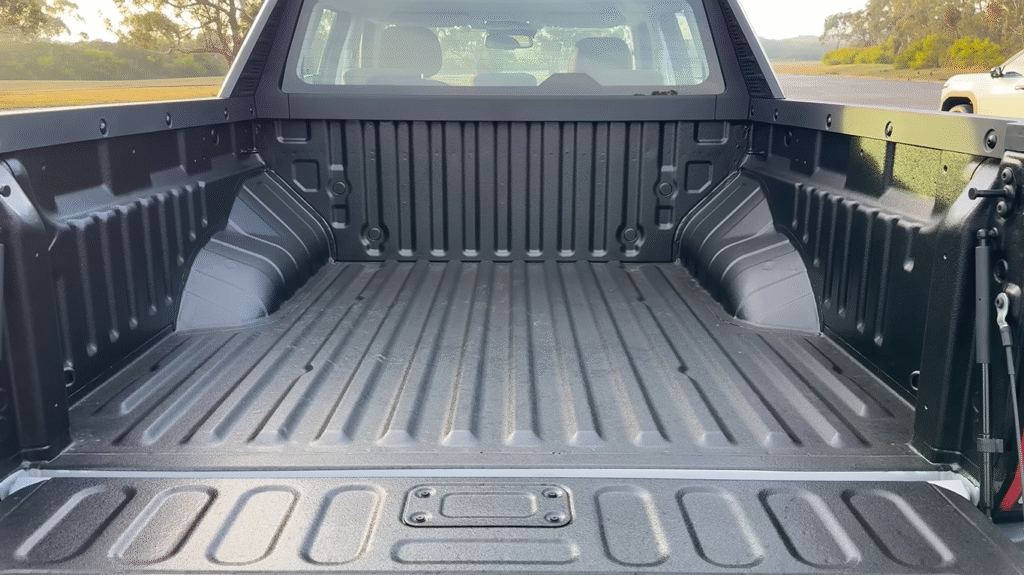The 2026 LDV Terron 9 has certainly made a strong impression with its bold design, powerful engine, and impressive list of standard features, all at a competitive price. However, like any vehicle, it’s not without its potential drawbacks. For those considering this new entrant in the Australian ute market, it’s crucial to weigh the pros and cons carefully.
While the Terron 9 offers many compelling reasons to buy, here are five key areas where it might fall short for some buyers, prompting a second thought before making a purchase.
1. No Cab-Chassis Option Limits Customization
One of the most significant design departures for the Terron 9 is its unibody construction, where the cabin and the tub are integrated as one piece. While this design offers benefits like increased interior and tub space, it fundamentally means there is no cab-chassis variant available. For many tradies, fleet operators, or those who require a highly customizable work vehicle to fit a specific tray, service body, or specialized equipment, this is a major limitation.



If your work demands the flexibility of a cab-chassis setup, the Terron 9 simply won’t meet your needs, forcing you to look at alternatives like the Mitsubishi Triton or other traditional ladder-frame utes.
2. Absence of a Capped-Price Servicing Plan (at Launch)
While LDV offers a competitive 7-year, 200,000 km warranty, a notable omission at the time of its launch is a capped-price servicing plan. This means that the long-term cost of ownership for the Terron 9’s scheduled maintenance is less predictable compared to rivals that offer transparent, fixed-price servicing. For budget-conscious buyers or businesses needing to accurately forecast running costs, this lack of clarity can be a significant concern.
Without a capped-price plan, owners might face varying service charges depending on the dealership, potentially leading to higher-than-expected maintenance expenses over the vehicle’s lifespan.
3. Driver Assistance Systems Can Be Intrusive
The Terron 9 is packed with advanced driver-assistance systems (ADAS), which is generally a positive for safety. However, some reviewers have noted that these systems, such as lane-keeping assist, driver monitoring, and speed sign recognition, can be overly eager or intrusive in their operation. While they are designed to enhance safety, their constant alerts or assertive interventions might become annoying for some drivers during daily use.
Furthermore, while these systems can be disabled, it often requires navigating through multiple menus on the touchscreen, and they tend to reactivate with every ignition cycle. This means drivers who prefer to turn them off will have to repeat the process every time they start the vehicle, which can be a persistent frustration.
4. Off-Road Limitations with Standard Tires and Rear Overhang
While the Terron 9 demonstrates surprising off-road capability for a vehicle with highway-spec tires, these standard tires are not ideal for serious off-roading. Buyers planning frequent excursions into challenging terrain will likely need to invest in a set of more aggressive all-terrain or mud-terrain tires, adding to the overall cost.
Additionally, due to its large dimensions, particularly the rear overhang of the tub, the Terron 9’s departure angle might be a limiting factor in some extreme off-road situations, increasing the risk of scraping or damaging the rear of the vehicle on steep descents or obstacles.
5. Brand Perception and Long-Term Resale Value
Despite LDV’s efforts to enhance its brand image and product quality, some buyers may still harbor reservations about purchasing a vehicle from a relatively newer Chinese manufacturer compared to established Japanese or American brands.
Concerns about long-term reliability, parts availability, and the breadth of the service network might linger for some. While LDV offers a strong warranty, resale value can be a significant factor for ute owners. Historically, newer brands, especially those from China, have faced challenges in matching the strong resale values of segment leaders, which could impact the total cost of ownership in the long run.
The 2026 LDV Terron 9 is undoubtedly an impressive and value-packed ute that brings a lot to the table. However, potential buyers need to consider these potential drawbacks. If you require the flexibility of a cab-chassis, prioritize predictable long-term servicing costs, prefer less intrusive driver aids, plan serious off-road adventures without immediate tire upgrades, or are concerned about brand perception and resale value, then exploring alternatives might be a prudent step. Ultimately, the best ute for you depends on your specific needs, priorities, and willingness to embrace a challenger brand.
About the Author & Disclosure:
About the Author: About the Author: About the Author: Reo R As a marketing expert with 4 years of experience in the digital marketing field, I specialize in SEO and help companies increase their online visibility, drive more traffic, and boost their sales. With a track record of success, I have a proven ability to improve clients’ SEO and drive sales.
Instagram- Reor
Source – LDV Terron 9 2026 review (Maxus pickup truck) – incl off-road Australia



[…] 5 Reasons to Avoid the 2026 LDV Terron 9 […]